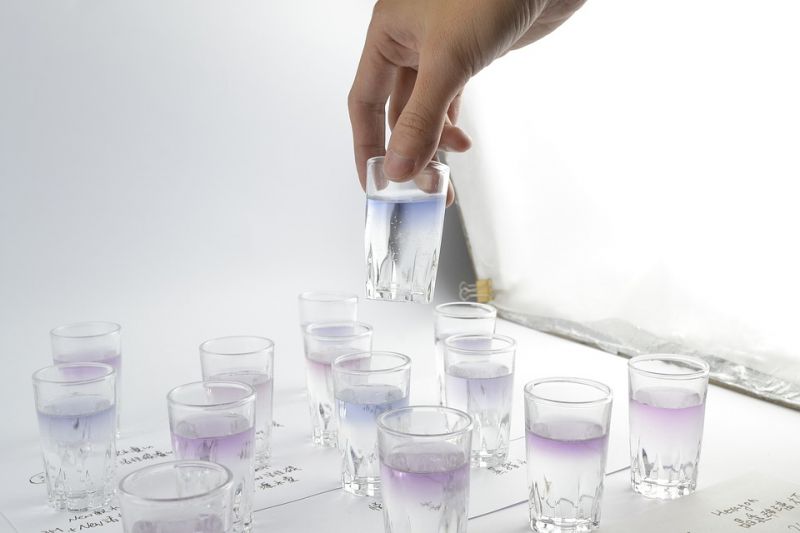2 Million Puerto Ricans Risk Water Contamination
Published on by Water Network Research, Official research team of The Water Network in Academic
Over two-thirds of the population of Puerto Rico was at potential risk of exposure to bacterial contamination in the aftermath of Hurricane Maria, according to government test results obtained by NRDC.

Lab Tests, representative image, source: Pixabay
More than 2.3 million Puerto Rican residents were served by water systems which drew at least one sample testing positive for total coliforms or E. coli after Maria devastated the island in September.
Bacterial testing was recently conducted by the Puerto Rico Department of Health in response to the hurricanes, according to the Environmental Protection Agency. NRDC obtained the results for coliform bacteria and E. coli from government sources, but has not received test results for other contaminants. NRDC also requested test results from the Puerto Rico Aqueduct and Sewer Authority, the largest drinking water provider on the island, but did not receive a response.
The Government of Puerto Rico noted in its request for disaster recovery assistance that over 70 percent of the island’s water treatment and distribution systems were affected by Hurricane Maria.
The tests performed by the Puerto Rico Department of Health confirmed that several cities in Puerto Rico are at risk of bacterial contamination in their water supply, in the aftermath of Hurricane Maria. The documents show that forty-two cities had a water sample testing positive for total coliforms—an indicator of potential pathogen contamination in the water.
One of those cities is San Juan, whose water system serves upwards of one million residents. Five cities had a sample testing positive for E. coli—an indicator of potential fecal contamination in the water. Many cities drew samples that subsequently tested negative for both bacterial indicators; several cities fluctuated between drawing positive and negative samples.
(One limitation of the data is that a single test finding coliform or E. Coli contamination at one site in a water system is an indicator of a potential problem in one area, but does not necessarily mean that everyone served by that system is at risk; sometimes part of a distribution system can be contaminated while other parts are safe.) The tests were conducted through October and November 2017.
Coliforms are a family of bacteria common in soils, plants, and animal intestines. The presence of coliform bacteria indicates that disinfection may not be working properly, and that disease-causing organisms may be present in the water.
A finding of total coliform does not necessarily demonstrate pathogen contamination, however. And a positive total coliform or E. coli sample does not always constitute a violation of the Total Coliform Rule, under the Safe Drinking Water Act. But there are media and independent health care provider reports of potentially widespread waterborne microbial illnesses on the island, which may be linked to bacterial contamination in drinking water.
The data NRDC has obtained suggest that several of Puerto Rico’s water distribution systems may have been compromised by the hurricane. Puerto Rican residents are under a 'boil water advisory', but many are struggling without power, or with frequent power loss. More than two months after Maria’s landing in Puerto Rico, boiling water remains challenging, and in some cases, impossible for residents on the island.
Read full article: NRDC
Media
Taxonomy
- E. coli
- Drinking Water Security
- Drinking Water Treatment
- Sanitation
- Water & Sanitation
- Sanitation & Hygiene
- Drinking Water Managment
- Drinking Water